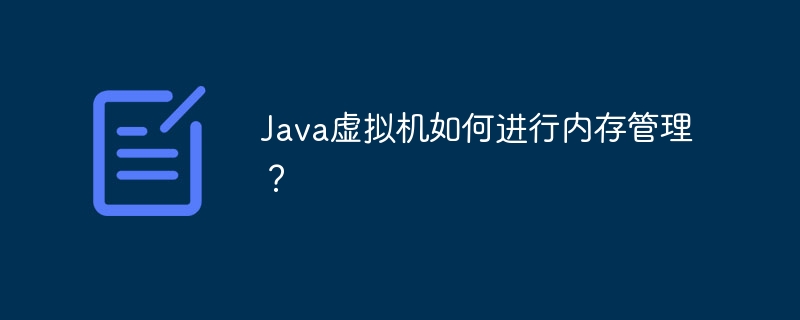
JVM memory management ensures efficient use of application memory by dividing stack areas, including Java heap, method area, program counter, virtual machine stack and local method stack. Two garbage collection algorithms, mark-sweep and copy, are used to release objects that are no longer used and prevent memory leaks.

Java Virtual Machine (JVM) Memory Management
JVM’s memory management is crucial to ensure that the application is executing Have efficient and safe memory usage in the process.
JVM Memory Regions
The JVM divides the stack into several regions, each with a specific purpose.
Garbage Collection
The JVM uses a garbage collector to automatically release objects that are no longer used, thereby preventing memory leaks. There are two main garbage collection algorithms:
Practical case
The following code demonstrates how the JVM allocates and releases objects in the heap:
public class MemoryManagement {
public static void main(String[] args) {
// 创建一个新对象
Object object = new Object();
// 将对象引用设置为 null 以释放内存
object = null;
// 运行垃圾回收器
System.gc();
}
}RunningSystem After .gc(), the JVM will detect that the object is no longer referenced by any reference and release the memory occupied by the object to the heap.
The above is the detailed content of How does the Java virtual machine manage memory?. For more information, please follow other related articles on the PHP Chinese website!




